Clicker training is a relatively new approach to training dogs but the ideas behind it have been around for a while. The idea of "positive" dog training dates back to the 1940s when Keller and Marian Breland started a company hoping to teach dog training using positive methods. They were students of psychologist and researcher B.F. Skinner and familiar with the ideas of operant conditioning and positive reinforcement. Unfortunately, absolutely no one beat down their door for lessons in dog training. Traditional dog training methods were too firmly in place at that time. The Brelands still used what they knew, however, and successfully trained animals for television and commercials. They also trained dolphin trainers for the Navy. Dolphins would eventually be the link that would bring their training methods to the attention of dog lovers.
Dolphin trainer Karen Pryor created the clicker that is now used in clicker training. Her 1984 book, Don't Shoot The Dog! was about positive reinforcement and it became very popular. Pryor was an authority on operant conditioning and the methods pioneered by the Brelands. Pryor had successfully used the same methods in working with dolphins and other marine animals. The ideas described in her book spread quickly on the Internet in the 1990s and were soon being applied to dog training.
Dogs have taken to clicker training very easily. Here's a little information about how it works.
Clicker training is usually not difficult, even for beginners. You have a clicker and some treats hidden in your pocket. When your dog does something that you like and want him to learn to repeat, you "click" to mark the behavior. The click tells your dog that he did something and it gets his attention. At that point you reward your dog. Your dog may look at you like you're nuts, but few dogs refuse a treat. If you repeat this scene several times your dog will figure out what it is that he's doing and understand why he's getting the reward. (Of course, it helps if you actually put a name to the behavior, such as "Sit," or "Come.") Timing and consistency are important, too, of course. When you follow this basic plan then clicker training is usually easy. Clicker training is usually fun for both owners and dogs.
Dogs learn very quickly with a clicker. They often begin offering you many possible behaviors trying to figure out just which behavior it is that will get them the treat, so you have to be precise about what you want. You can reward for things that come close to the correct behavior in the beginning, but as your dog learns more you should ask him to be more and more accurate.
For most dogs clicker training seems more like a game than other kinds of training. There is a reward involved. Clicker training doesn't depend on learning merely by repetition as with some kinds of training. You don't need a choke chain collar. There is no correction or punishment. If your dog gets something wrong you just ignore him and try again. You only reward positive behavior, you don't punish.
Clicker training conditions your dog to perform the behavior that you ask for and provides motivation (food, a toy, praise, play, petting) when he does what you ask.
Just about everyone can clicker train a dog. It requires no special skill or strength. People in wheelchairs can clicker train; people of any age can use the clicker and train their dogs. You can also train dogs whether they are puppies or older dogs using the clicker. You can teach your dog very complicated behaviors using the clicker. You simply teach your dog one small step at a time.
Like other kinds of training with food, critics say that dogs may not learn well with clicker training if you don't have food with you. That depends on the dog. Some dogs are more food-motivated than others. Many dogs learn well if you use a toy or praise or play time as a reward. But some dogs are most motivated by food. Once your dog learns a command you do need to taper off the rewards and begin teaching him something else so he has new rewards to learn. But do continue to reward him periodically so he will remain interested in all of his lessons.

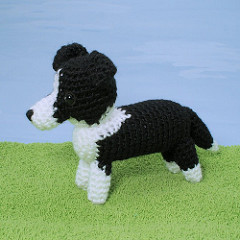 Train Your Border Collie Dog With These Helpful Hints
The day your new puppy comes home with you will be filled
Train Your Border Collie Dog With These Helpful Hints
The day your new puppy comes home with you will be filled
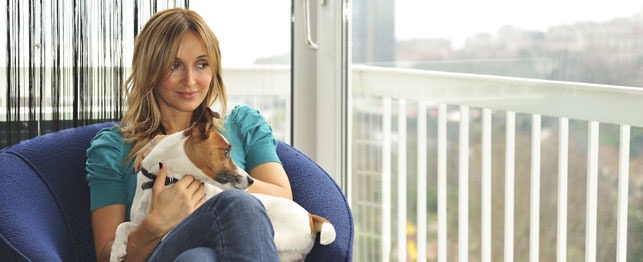 City Slickers: 5 Tips for Urban Living with Cats & Dogs
City Slickers: 5 Tips for Urban Living with C
City Slickers: 5 Tips for Urban Living with Cats & Dogs
City Slickers: 5 Tips for Urban Living with C
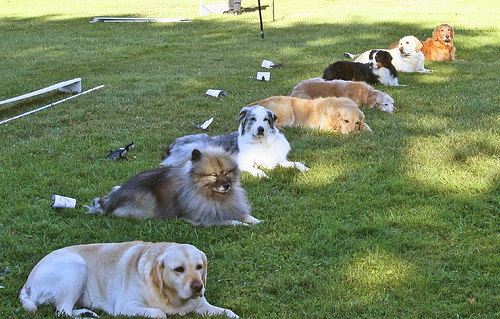 Canine Manners 101: Teaching your dog the basics of the 揝tay?Command
Teach Your Dog The "Stay" Command
Teaching your
Canine Manners 101: Teaching your dog the basics of the 揝tay?Command
Teach Your Dog The "Stay" Command
Teaching your
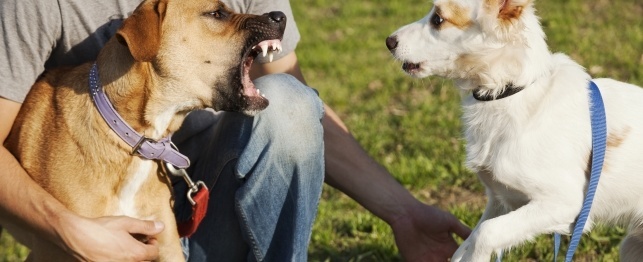 Dog Parks and Bites: What You Need to Know
Dog Parks and Bites: What You Need to Know
Dog Parks and Bites: What You Need to Know
Dog Parks and Bites: What You Need to Know
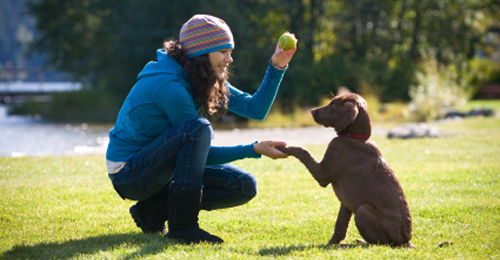 Secrets To German Shepherd Coaching
Keep the courses sessions short but often. When things lose
Secrets To German Shepherd Coaching
Keep the courses sessions short but often. When things lose